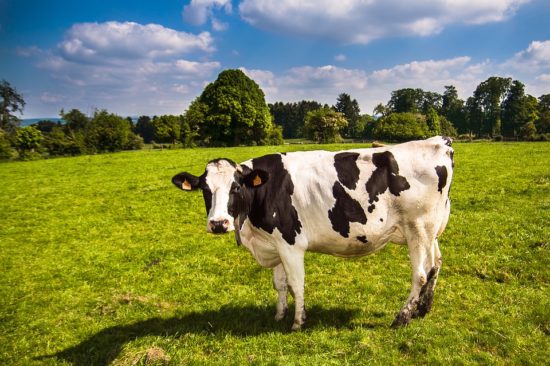Variations in bacterial community structure and antimicrobial resistance gene abundance in cattle manure and poultry litter
Cattle manure and poultry litter are widely used as fertilizers because they are excellent sources of nutrients; however, potential adverse environmental effects exist during land applications, due to the release of zoonotic bacteria and antimicrobial resistance (AMR) genes. This study was conducted to understand linkages between physiochemical composition, bacterial diversity, and AMR gene presence of cattle manure and poultry litter using quantitative polymerase chain reaction to enumerate four AMR genes (ermB, sulI, intlI, and blactx-m-32), Illumina sequencing of the 16S region, and analysis of physical and chemical properties. Principal coordinate analysis of Bray–Curtis distance revealed distinct bacterial community structures between the two manure sources. Greater alpha diversity occurred in cattle manure compared to poultry litter (P<0.05). Redundancy analysis showed a strong relationship between manure physiochemical and composition and bacterial abundance, with positive relationships occurring among electrical conductivity and carbon/nitrogen, and negative associations for total solids and soluble fractions of heavy metals. Cattle manure exhibited greater abundance of macrolide (ermB) and sulfonamide (sulI) resistant genes. Consequently, fresh cattle manure applications may result in greater potential spread of AMR genes to the soil-water environment (relative to poultry litter) and novel best management strategies (such as composting) may reduce the release of AMR genes to the soil-water environment.
AMR NEWS
Every two weeks in your inbox
Because there should be one newsletter that brings together all One Health news related to antimicrobial resistance: AMR NEWS!





